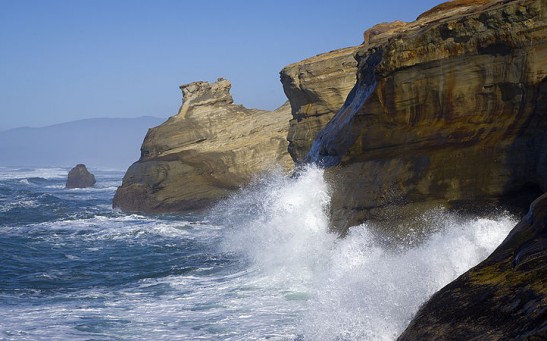environment

Pushed to the Brink—Humans Put Earth in 'The Danger Zone'

Human Activity May Lead to a Bleaker Life Under the Sea

How Zebra Stripes and Rising Sea Levels Have More In Common Than You Thought
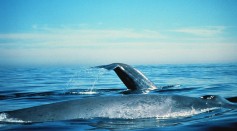
Giant Sea Animals Are Not So Giant After All

Sea Turtles Reveal A Sixth Sense—Finding Their Way Home & Sensing The Seasons

NASA Rockets Set to Explore the Aurora Borealis
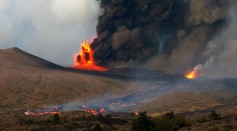
Study Shows Volcanoes May Be Causing Global Cooling

New Births Spark Hope for Conservation Ecologists: Orca and California Condor Share Miracle of New Life

New Research Reveals the Life and Death on Easter Island
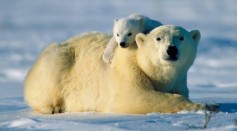
Polar Bears May Be Solving Their Own Problems—But Not For Long

Investors Torn on Fossil Fuels and Climate Change
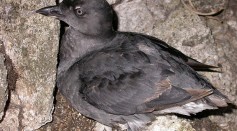
Scientists Baffled by Mysterious Sea Bird Deaths

Monarch Butterflies Could Soon Be Deemed “Endangered”
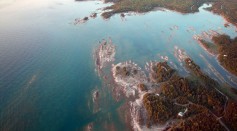
Great Lakes' Water Levels Cause Erosion Concern
Most Popular

How Technology Is Changing the Real Estate Industry?

AI Revolution in Medical Education: Transforming How Healthcare Professionals Learn

Nikolay Karpenko Biography, Photo, Career, Accomplishments

Zombie Star Set to Light Up Night Sky: Blaze Star Could Erupt Soon

